Pulse-width modulation is a fundamental operating principle of variable frequency drives (VFDs), but the high-frequency switching that delivers pulses of voltage from the drive to the motor can cause bearing currents — high-frequency currents that flow through the motor bearings, often leading to damage and premature failure.
To achieve pulse-width modulation, insulated gate bipolar transistors (IGBTs) in the variable frequency drive switch on and off rapidly to create a simulated sinusoidal AC waveform. Because the power is delivered in pulses, rather than as a true sine wave, the power is never balanced — that is, the sum of the three phases of power supplied to the motor is never equal to zero. This imbalanced voltage is referred to as common mode voltage (CMV), and it is one of the primary causes of bearing currents in motors driven by VFDs.
Yaskawa provides the following definition of common-mode voltage in AC motors driven by VFDs:
The voltage difference between the power source ground (the DC bus midpoint) and the neutral point of a three-phase load (the stator neutral of the AC motor).
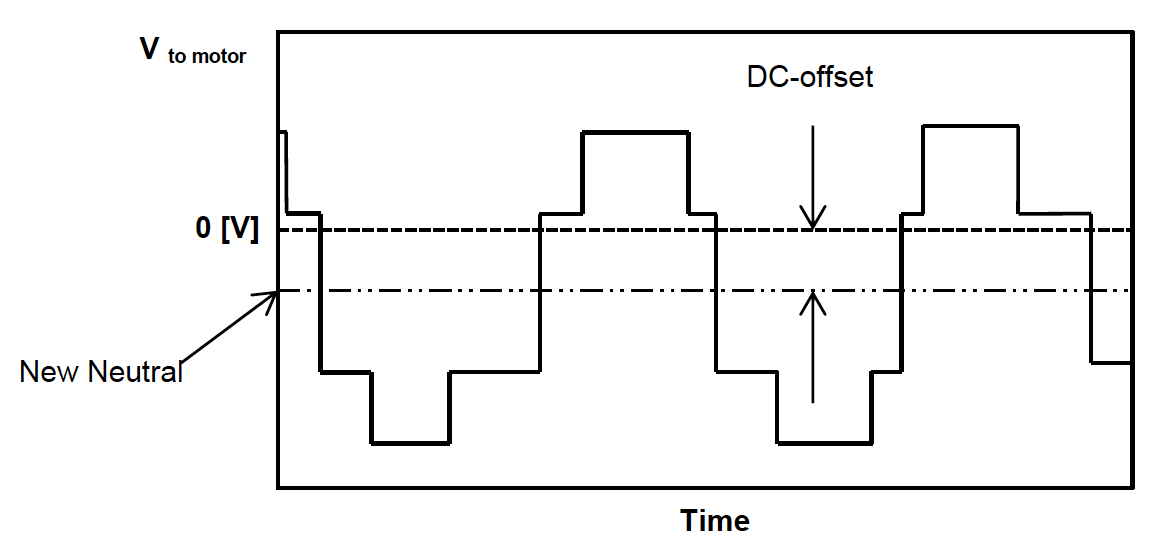
Image credit: Eaton Corporation
Capacitive discharge current
The fast switching time of the IGBTs creates parasitic capacitance, which causes capacitive coupling between the stator and rotor. This capacitive coupling induces a voltage (due to the common mode voltage caused by the drive) across the air gap between the stator and rotor. As the voltage searches for a path to ground, it travels through the motor shaft (which is connected to the rotor) and across the bearings.
Lubrication in the bearing normally acts as an insulator, but because the common mode voltage has a very high rate of change, known as dV/dt (due to the switching of the IGBTs), it can easily exceed the breakdown voltage of the lubrication — that is, the voltage at which the lubrication no longer acts as an insulator. When this happens, a burst of current is released, known as capacitive discharge current.
This capacitive discharge current can cause fretting of the bearing and raceways and produces temperatures high enough to melt the bearing steel and cause pitting through electrical discharge machining (EDM). This discharge can happen with every switching cycle, or at least frequently enough that over time, washboard-like ridges, known as fluting, will occur on the raceways, causing vibration and audible noise.
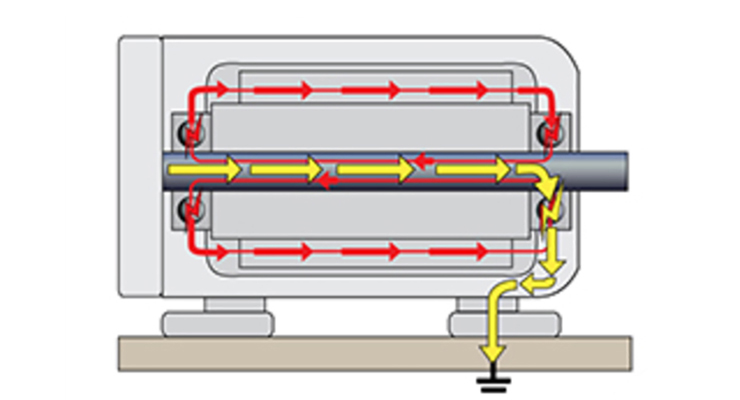
Image credit: Aegis
High frequency circulating current
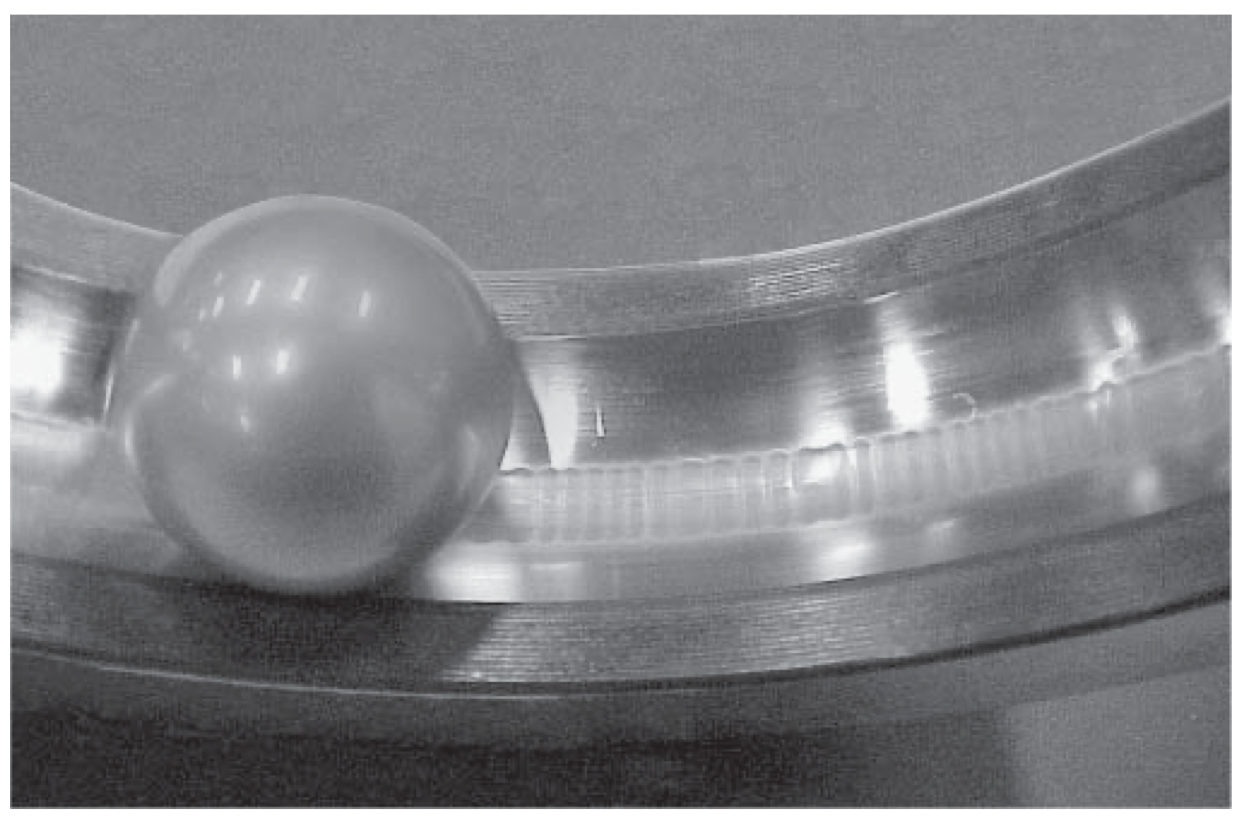
Image credit: ABB
Common mode voltage induces common mode currents that travel through parasitic capacitances in the motor. This common mode current produces high frequency magnetic flux and currents with a frequency in the kHz or even MHz range. These currents circulate from the shaft, through one motor bearing, through the motor frame, to the other motor bearing, and back to the shaft, causing a potential difference across the motor shaft that can become high enough to exceed the bearing lubrication’s insulating properties.
This high frequency circulating current produces the same types of damage — fretting, EDM, and fluting — as capacitive discharge current. High frequency circulating currents are primarily an issue in motors over 100 hp (75 kW), with their potential for damage increasing with larger motor sizes.

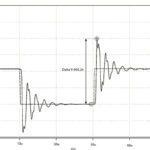
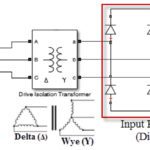
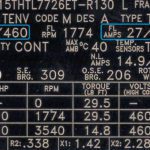
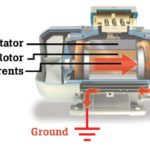


Leave a Reply
You must be logged in to post a comment.